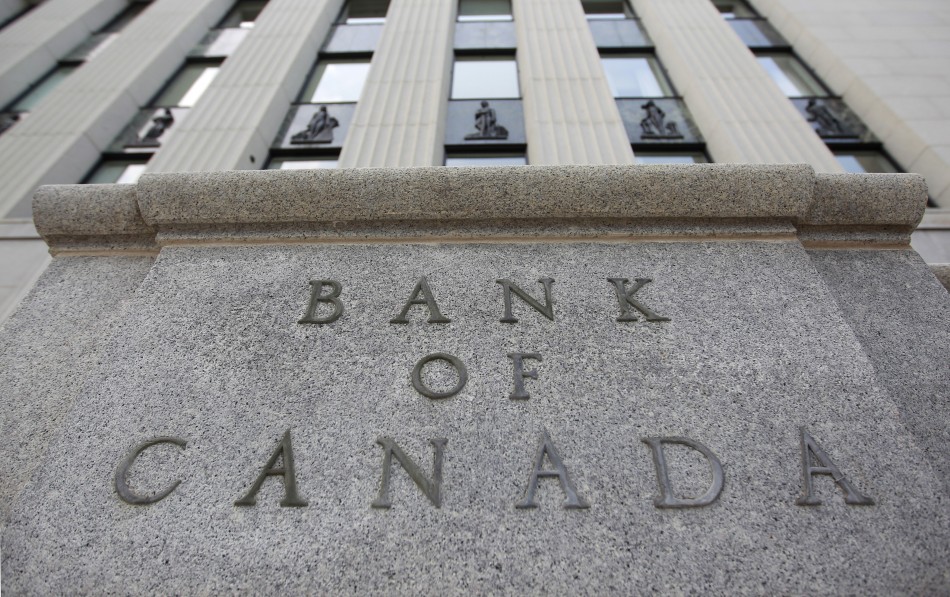When the BoC says: The global economy is evolving largely as anticipated, it really means: There isn't a whole lot that has changed since the last time we said something and rates are not changing! In summary: the Canadian economy is beginning to show signs of slowing down, while the U.S. economy is showing some really good signs of recovery. The U.S. will not be in a position to raise central bank rates for more than a year, likely much longer than that. Before the U.S. starts to do anything with rates they will need to unwind their program of flooding the money supply through their QE (quantitative easing) program. Because the Canadian economy is slowing, the BoC will not think about raising their key overnight lending rate now and because things are evolving largely as anticipated not for the short to medium term (now until over a year from now). The Bank of Canada rate remains at 1% and the Prime rate of lending (at major Canadian FI's) remains at 3%. There has been no change since September 2010. BoC announcement below:
Mortgage Logic
_________________________________________________
Bank of Canada maintains overnight rate target at 1 per cent
Ottawa, Ontario
5 March 2014
The Bank of Canada today announced that it is maintaining its target for the overnight rate at 1 per cent. The Bank Rate is correspondingly 1 1/4 per cent and the deposit rate is 3/4 per cent.
Both total CPI and core inflation in Canada are still expected to follow roughly the path outlined in the January Monetary Policy Report, although recent readings were slightly higher than expected. Excess supply in the economy and competition in the retail sector will likely keep inflation well below the 2 per cent target this year.
The global economy is evolving largely as anticipated, with growth expected to strengthen in 2014 and 2015. The United States is still expected to lead the acceleration in advanced economies, although recent data have been softer, largely owing to weather effects. Volatility in global financial markets has increased somewhat, reflecting buoyant market conditions in most advanced economies and increased risk differentiation among emerging markets. More recently, tensions in Ukraine have added to geopolitical uncertainty.
In Canada, economic growth in the fourth quarter of 2013 was slightly stronger than the Bank anticipated, and upward revisions earlier in the year further raised the level of GDP. The Bank still expects underlying growth of around 2 1/2 per cent in 2014, with the current quarter likely to be softer. Exports have been a little stronger than previously thought but continue to underperform, and overall business investment has yet to pick up. Meanwhile, recent data support the Bank's expectation of a soft landing in the housing market and stabilizing debt-to-income ratios for households.
On the whole, the fundamental drivers of growth and inflation in Canada continue to strengthen gradually, as anticipated. With inflation expected to be well below target for some time, the downside risks to inflation remain important. At the same time, the risks associated with elevated household imbalances have not materially changed. The Bank judges that the balance of risks remains within the zone for which the current stance of monetary policy is appropriate and therefore has decided to maintain the target for the overnight rate at 1 per cent. The timing and direction of the next change to the policy rate will depend on how new information influences this balance of risks.

